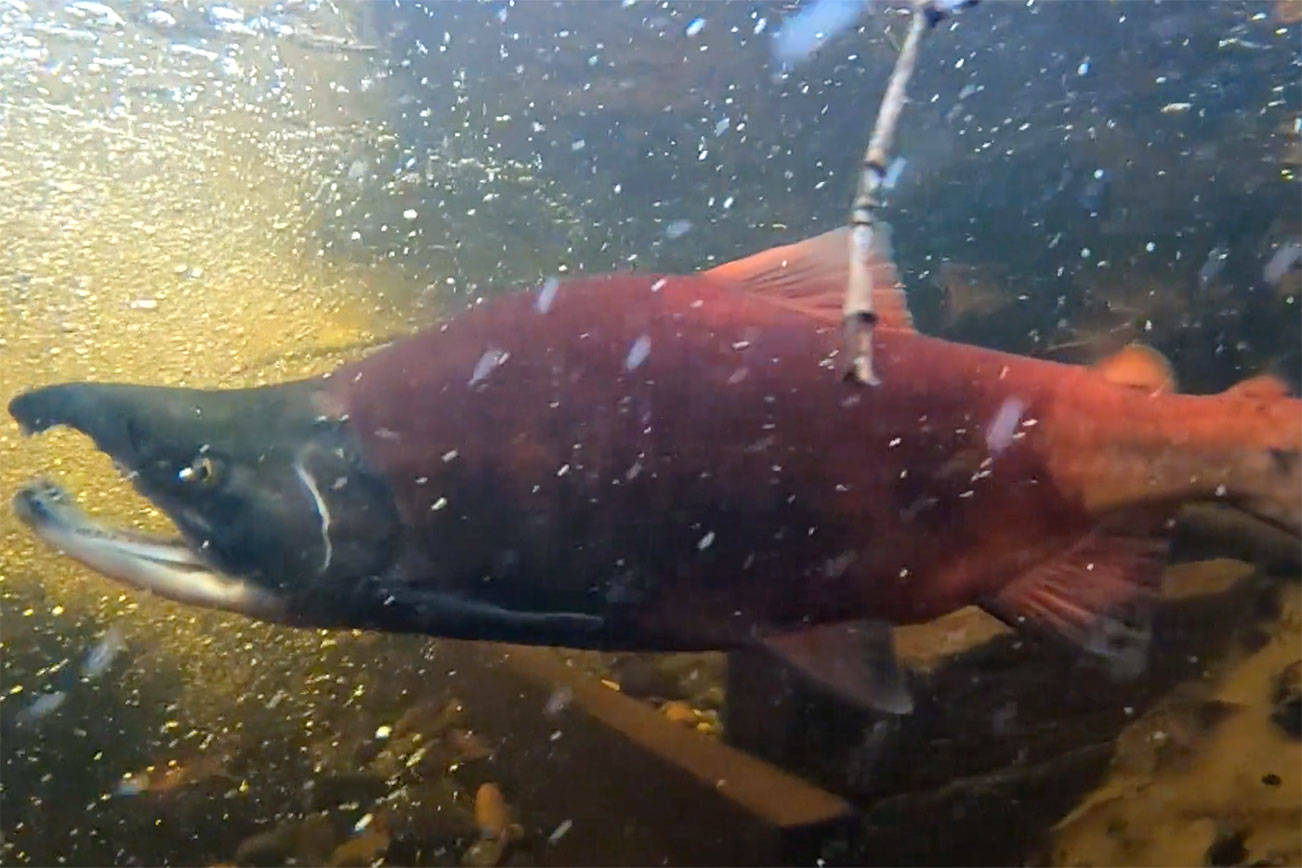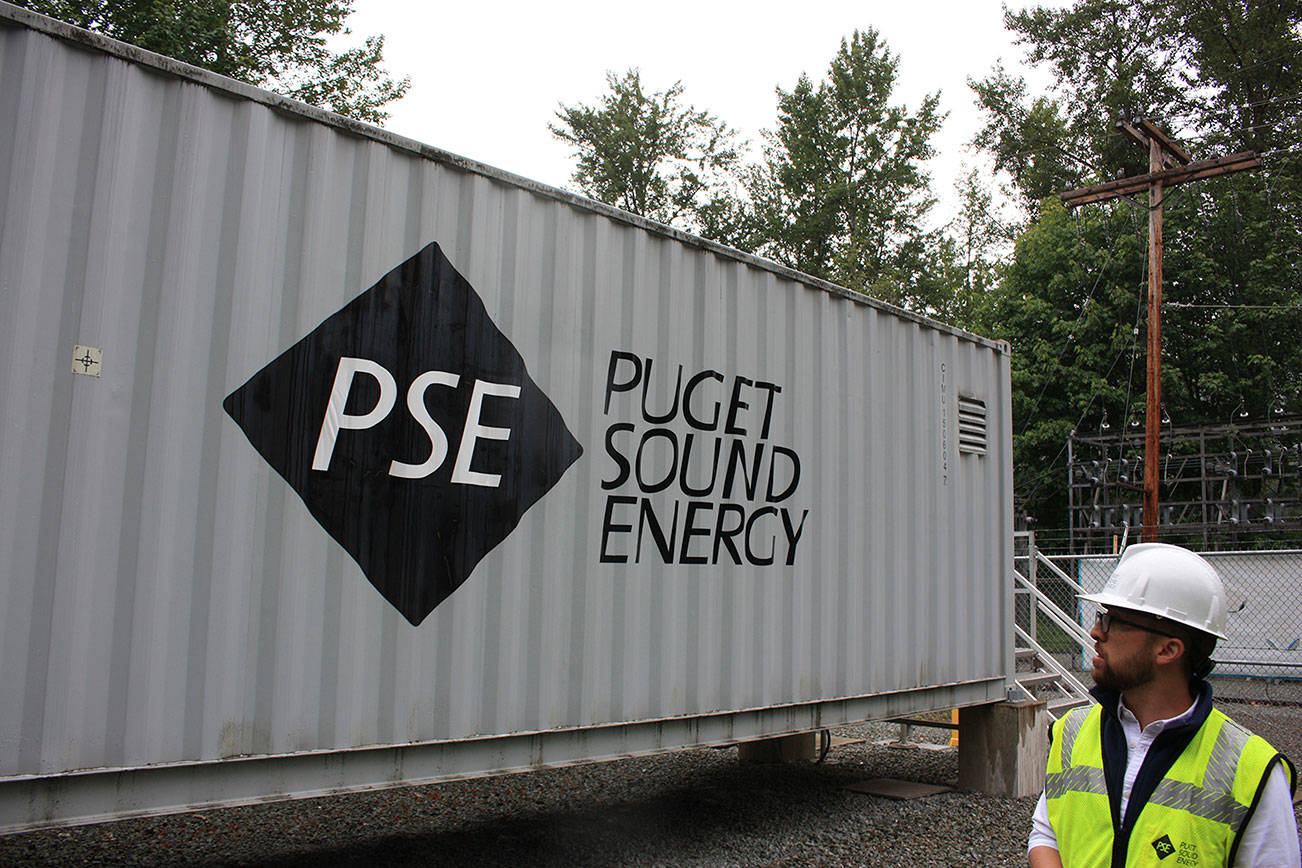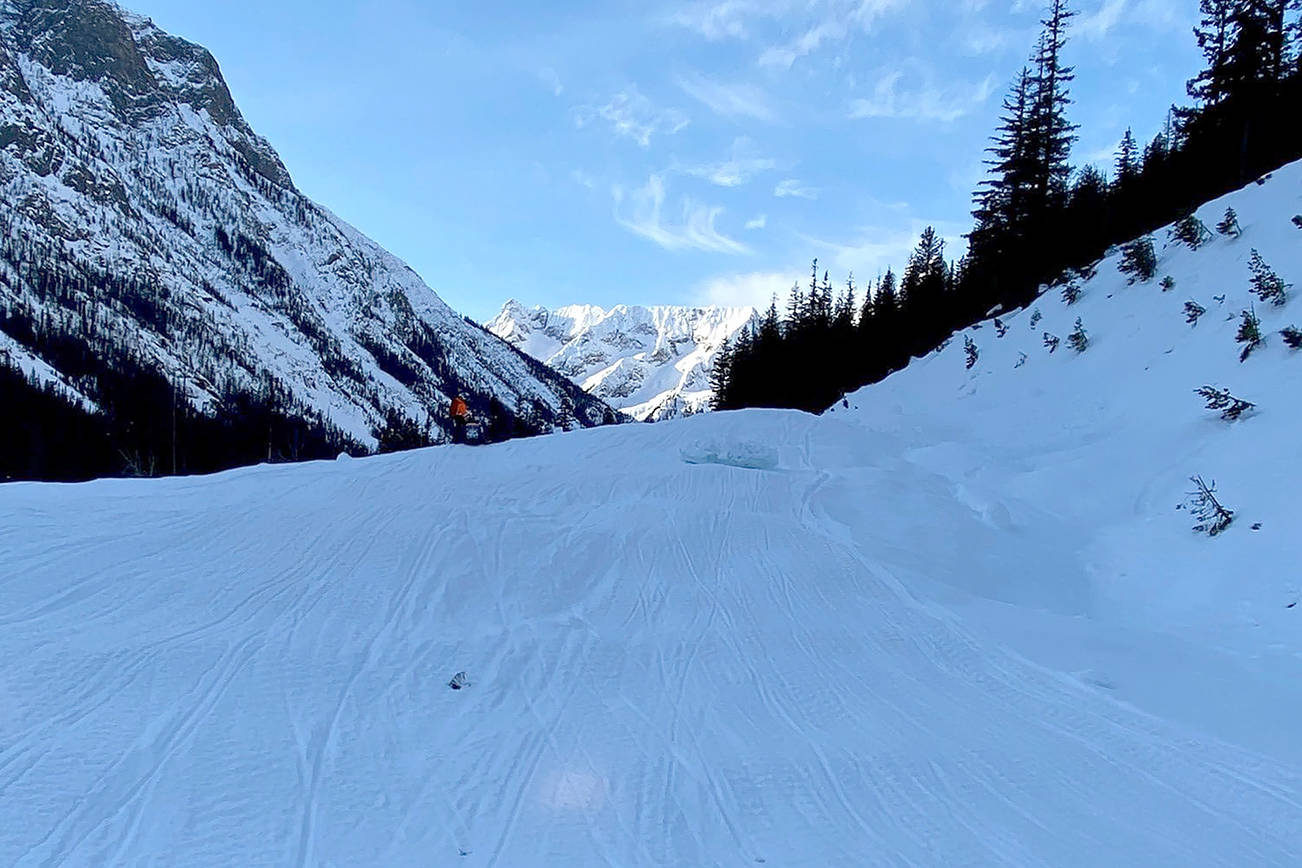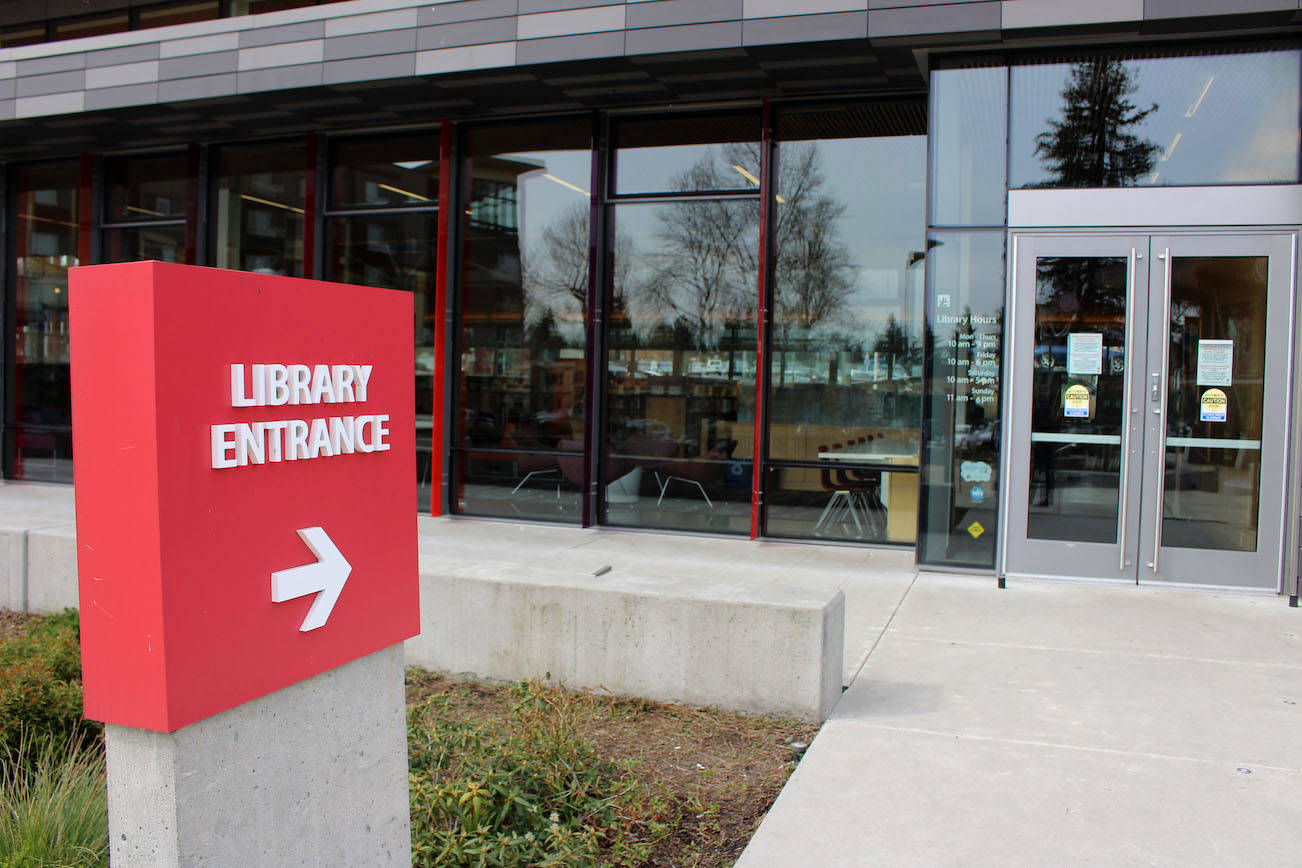Something strange happened in 2017, as Dr. Jeffrey Jensen was watching for salmon returning to spawn in the small creeks and streams draining into Lake Washington that they were born in.
The lake and its streams are no stranger to salmon. Chinook, coho and sockeye all call it home, and return from years at sea to spawn and die. There are also freshwater species of salmon known as kokanee, which spend their lives in lakes and streams connected to Lake Washington and Sammamish.
But in the fall of 2017, there was a peculiar run of little red fish. They were running later in the season than the sockeye did, peaking in November. Jensen, who teaches at the University of Washington Bothell, was curious because the size of the fish, and the timing of the run, reminded him more of kokanee than sockeye.
“That got me thinking, maybe there is something here after all,” Jensen said. “Maybe there’s a leftover middle run.”
Kokanee in Lake Washington and Sammamish are genetically unique. They’re integrally tied to the local marine ecosystem and to local Tribes, who since time immemorial have harvested them. But over the past decades, their numbers have dwindled.
Native kokanee used to have three runs at different times of the year. But due to a number of reasons, including selective elimination of kokanee batches at fisheries, the first has been considered extinct for nearly 20 years.
A late run that exists exclusively in Lake Sammamish is on life support and the subject of a massive preservation effort.
This January, there were only 82 adult kokanee that returned from Lake Sammamish as part of the late run. While it’s higher than the 19 seen in 2018, it’s far less than the historic runs that saw thousands of kokanee.
Kokanee live in roughly three-year cycles. After they’re born, they stay for a while in their streams and head to lakes before returning to the streams they were born in during the third year to spawn.
But the late run of kokanee sticks to Lake Sammamish, and Jensen was seeing these mystery fish near UW Bothell and Woodinville — and he was seeing them from late October to December, while the late run in Lake Sammamish typically goes from November to January. And every third year, starting in 2011, there had been reports of bigger runs of kokanee, including in 2017, with the exception of 2014 since Jensen said he didn’t have good info for it.
So what are they?
That’s the question Jensen has been working on for the past four years. Jensen thought they may be kokanee, but to test that out, he was operating under the assumption that instead of kokanee, they were simply small sockeye.
But in 2019, there were plenty of small nerka, or small fish that returned. But they came back at the same time as sockeye, meaning these were likely part of the sockeye population. But in 2020, three years after 2017, another run of small nerka returned, but this time they came later than the sockeye.
So Jensen collected specimens, and genetic tests indicated that those late fish from 2020 were in fact different from the sockeye. It’s enough to make Jensen think that they’re kokanee.
“Based on the information now, I can’t think of a more likely source than them being native,” Jensen said.
The Middle Run
Jim Bower, an environmental scientist with King County, said there’s a group of fish that spawn in Bear Creek, North Creek and Little Bear Creek in October that are considered to be middle run kokanee.
“The way that we are interpreting the information is that there is a very high degree of certainty that the Bear Creek sockeye, and what we interpreted as middle run kokanee, are the same distinct group of nerka in the basin, and we believe with a fairly high degree of certainty that this distinct stock is unique to the watershed and frankly the Northwest,” Bower said.
So far, they’ve been able to compare the genetic makeup to more than 60 populations of kokanee throughout the Northwest, and it’s shown they’re unique.
It’s exciting news for Bower, who said that for years people thought these fish were hybrids or from stock fish introduced to the lake. As a result, there hasn’t been much money put directly toward their conservation.
Mystery nerka
The mystery fish that return in November, which Jensen is studying, may be yet another population of kokanee.
If these mystery nerka turn out to be native kokanee, then it means despite overwhelming odds and virtually no human assistance, they were able to survive right under the noses of researchers.
But to really know for sure, Jensen is hoping for an ace in the hole, and he may already have one. In the late 1880s, a few kokanee from Lake Washington were collected and preserved. They were sent to the Smithsonian Institution and Stanford University, but these institutions allowed Jensen to use some of the fish for genetic testing.
If these fish from the 1880s — a time before salmon were introduced to the lake system and before the Ballard Locks were created — match the mystery fish, it will conclusively prove they’re a native population.
So far, Jensen said they lab he’s working with hasn’t been able to extract usable DNA from the preserved sample fish. But they’re hoping to try different tests to suss out results.
The little red fish could have big implications for fish preservation in the basin. If the results come back stating the mystery fish are native fish, or even if they aren’t, but just well-adapted at surviving in streams and the lakes, then they could be used to help repopulate tributaries.
If the fish turn out to be native species, it could prove a more compelling case when trying to get permits to use them to repopulate streams. If those permits are granted, then Jensen hopes to use the population to stock remote site incubators beginning in 2023, the next year he’s expecting to see a large run.
In the meantime, Jensen has re-launched a program called Salmon Watcher. The program includes volunteers who watch streams for spawning salmon in King and Snohomish counties.








